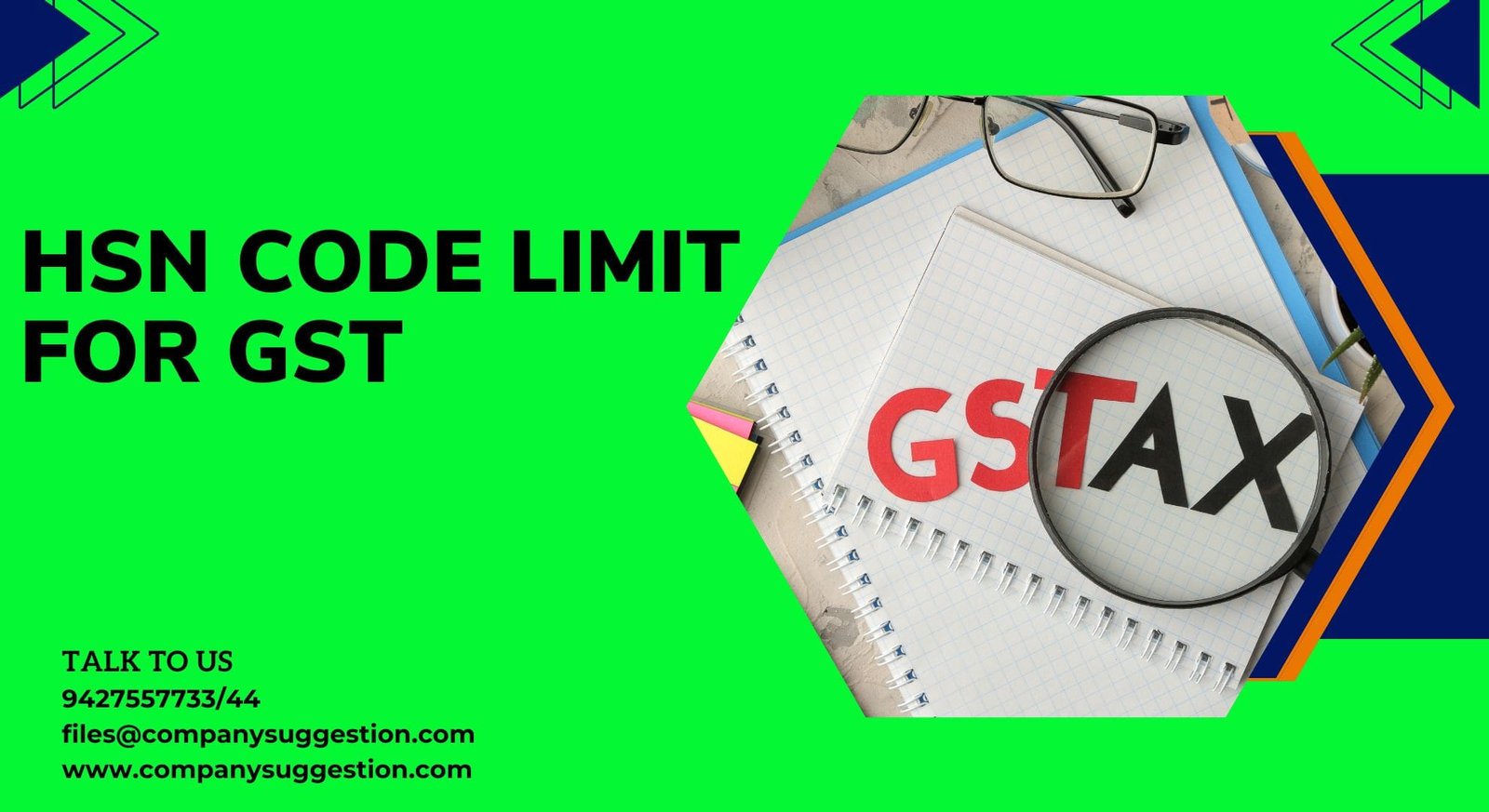Cost Accounting
Cost accounting is a branch of accounting that focuses on capturing a company’s total production cost by assessing the variable costs of each step of production as well as fixed costs, such as a lease expense. The purpose is to help management understand the cost of production and make informed decisions about pricing, budgeting, and cost control.
Objectives of cost accounting
The primary objectives of cost accounting are to provide detailed information about costs to management for decision-making, control, and planning. The objectives of cost accounting encompass a wide range of activities aimed at providing detailed and actionable cost information to management. This information supports various strategic and operational decisions, ultimately contributing to the overall efficiency and profitability of the organization. Here are the key objectives:
- Determining the Cost of Products or Services: Accurately determining the cost of producing a product or providing a service is fundamental. This includes direct and indirect costs.
- Identifying Cost Drivers: Understanding the factors that cause costs to change.
- Monitoring Costs: Keeping a close watch on costs to ensure they remain within budgeted levels.
- Variance Analysis: Comparing actual costs to standard or budgeted costs and analyzing the reasons for variances.
- Implementing Cost Reduction Programs: Identifying and implementing measures to reduce costs without compromising quality.
- Forecasting Costs: Predicting future costs based on historical data and anticipated changes.
- Resource Allocation: Ensuring that resources are allocated efficiently to various departments and projects.
- Providing Timely and Relevant Information: Generating reports that provide insights into cost behavior and performance.
- Pricing Decisions: Helping management set product prices by providing detailed cost information.
- Make-or-Buy Decisions: Assisting in decisions about whether to produce in-house or outsource.
- Profitability Analysis: Analyzing the profitability of different products, services, or business segments.
- Assessing Efficiency: Evaluating the efficiency of production processes and operational activities.
- Benchmarking: Comparing performance against industry standards or best practices.
- Valuing Inventory: Applying appropriate methods (e.g., FIFO, LIFO, weighted average) to value inventory and determine cost of goods sold.
- Distributing Overhead Costs: Allocating indirect costs to different cost objects (products, departments, etc.) in a fair and systematic manner.
- Meeting Legal and Accounting Standards: Ensuring that cost accounting practices comply with applicable laws and accounting standards.
- Supporting Financial Audits: Providing detailed cost information to support external and internal audits.
Key Components of Cost Accounting
- Cost Allocation: The process of identifying, aggregating, and assigning costs to cost objects. This is crucial for accurate product costing and profitability analysis.
- Cost-Volume-Profit (CVP) Analysis: A tool that helps managers understand the interrelationship between cost, volume, and profit in an organization by focusing on the impact of changes in costs and volume on the company’s profit.
- Budgeting: A process of creating a plan to spend your money, which involves estimating revenues and expenses for a future period. It serves as a financial blueprint for the organization.
- Variance Analysis: The process of analyzing the difference between standard costs and actual costs. Variances can be favorable or unfavorable and are used to control costs and improve efficiency.
- Inventory Valuation: Techniques like FIFO (First-In, First-Out), LIFO (Last-In, First-Out), and Weighted Average Cost are used to value inventory and cost of goods sold.
Types of Cost accounting
Cost accounting encompasses various methods and systems tailored to different business needs and industries. The various types of cost accounting cater to different organizational needs and industry requirements. Each method has its own set of principles and applications, helping businesses accurately track and control costs, improve efficiency, and make informed financial decisions. Here are the primary types of cost accounting:
1. Job Order Costing
- Definition: This method assigns costs to specific jobs or batches, which are usually unique and customer-specific.
- Application: Commonly used in industries like construction, custom manufacturing, printing, and shipbuilding.
- Characteristics: Each job is treated as a separate entity with its own set of costs for materials, labor, and overhead.
2. Process Costing
- Definition: This method accumulates costs for continuous production processes, where the products are indistinguishable from each other.
- Application: Suitable for industries like chemicals, petroleum, textiles, and food processing.
- Characteristics: Costs are averaged over all units produced, and expenses are tracked by process or department rather than by job.
3. Activity-Based Costing (ABC)
- Definition: Allocates overhead costs based on activities that drive costs, providing a more accurate cost per product or service.
- Application: Useful in complex environments with diverse products and services, such as manufacturing and service industries.
- Characteristics: Identifies major activities and assigns costs to products based on their usage of these activities.
4. Standard Costing
- Definition: Involves assigning standard costs (predetermined costs) to products and services, which are then compared to actual costs to analyze variances.
- Application: Widely used in manufacturing industries for budgeting and performance evaluation.
- Characteristics: Helps in setting benchmarks and identifying areas of inefficiency.
5. Marginal Costing (Variable Costing)
- Definition: Considers only variable costs (costs that change with production volume) when calculating the cost of products, treating fixed costs as period expenses.
- Application: Useful for short-term decision-making and analyzing the impact of cost changes on profitability.
- Characteristics: Facilitates understanding of contribution margin (sales minus variable costs).
Conclusion
Cost accounting is an essential aspect of financial management that focuses on capturing, analyzing, and reporting a company’s costs associated with production and operations. The primary goal is to provide detailed cost information that aids in strategic decision-making, cost control, and performance evaluation.
Cost accounting is integral to managing and optimizing business operations. By understanding and applying the principles and methods of cost accounting, organizations can achieve better control over their costs, enhance efficiency, and improve overall financial performance. If you have any doubt regarding this, then you can send your doubts on company suggestion and our team of experts will guide you.













